horizontal lifelines must be attached to
They attach to the D-ring of the safety harness and lock to stop the worker from freefalling too far in the event of a fall from height and reduce the likelihood of a swing fall. This should not exceed 6 feet unless it is designed to do so.

Half Safety Bars Squat Rack Power Rack At Home Gym
If you are using a rope grab then add the distance before it engages to the total as well.

. Horizontal lifelines shall be designed installed and used under the supervision of a qualified person as part of a complete personal fall arrest system which maintains a safety factor of at least two. A 5 degree sag angle amplifies the force approximately 61. Horizontal lifelines shall be designed installed and used under the supervision of a qualified person as part of a complete personal fall arrest.
Anchor points and horizontal lifelines are part of Personal Fall Arrest Systems PFAS which means that in order for them to come into use a fall must occur. The horizontal lifeline must be securely attached to the rooftop via an independent anchor. While a worker can place a portable anchor on the roof and drop the weights into place one by one the mounts for the.
The unique angled design of. The fall-restraint system prevents the worker from reaching an unprotected edge and the horizontal lifeline gives the worker mobility that would not be possible with a restraint system attached to. The sag of the lifeline will need to be included.
According to OSHA 1910140 c 3 when vertical lifelines are used each employee must be attached to a separate lifeline This differs from horizontal lifelines where you can have multiple workers tied off to one system. Positioning of a horizontal lifeline can be overhead for factory workers or at the base of a structure such as a roof or somewhere between overhead and base applications such as a crane rail application. When a horizontal lifeline is used for.
These anchor points can be assembled by anybody trained to do so. Whether it be by guardrails a permanent anchor point or a horizontal lifeline along the working area users must be protected from falls when working. Workers then do not have to reattach themselves to a system giving them more freedom of movement.
A user must hook up to the system by wearing a full-body harness and employing a lanyard and runner. The best solution may be neither of these in favor of a rail system or engineering the hazard out altogether. Is designed installed and used under the supervision of a qualified person.
This will take longer to install and should be done under the direction of a qualified person. The employer must ensure that each horizontal lifeline. Their horizontal lifeline HLL system is attached to each girder with a steel cable height of approximately 42 inches waist height and.
1926502 d 9 Lanyards and vertical lifelines shall have a minimum breaking strength of 5000 pounds 222 kN. Horizontal lifelines must be attached to two or more anchor points. In the United States Canada and Europe the use of a fall protection is mandatory when a certain height is reached.
HL3 Series - Horizontal Lifeline System. A horizontal lifeline system is made of a cable track permanently fixed to a structure utilizing several individual anchor points. In simplest form the horizontal lifeline consists of a cable attached to two or more anchor points on a roof-top crane runway bridge or outdoor construction site or any other elevated work area.
When the horizontal lifelines sag is less than 30 degrees the impact force imparted to the lifeline by an attached lanyard is greatly amplified. Three workers are attached to the HLL system. Mounting options can accommodate corners and different building shapes.
Even with properly installed and used systems injuries could still occur. Temporary Horizontal Lifeline System with Stanchions. Ad Trust Grainger for Quality Products Fast Shipping.
For reference a 15-degree sag angle amplifies the force approximately 21. Horizontal Lifeline Calculation. They consist of a strong cable attached to two or more anchor points which allows for the attachment of a safety harness and lanyard system.
A horizontal lifeline is a bit different. Horizontal Lifelines HLL systems are composed of two endpoint anchors connected by a varying length of rope or cable to which workers attach a fixed-length or self-retracting lanyard allowing a high degree of mobility across the jobsite. Some SRLs even provide a deceleration device.
Protect Your Workers and Your Company You understand that safety is a main priority and that you have a duty to provide adequate roof fall protection for your employees. In addition lifelines need to be installed more than assembled. A horizontal lifeline is a component in both fall arrest systems and fall restraint systems.
A model HL3-S1 can be attached at each end of a horizontal I-beam and the lifeline can be tensioned between them. Anchorages used to attach to personal fall protection equipment on mobile work platforms on powered industrial trucks must be attached to an overhead member of the platform at a point. Self-retracting lifelines SRLs are hugely important for preventing injuries and fatalities from falls in the workplace.
Add the height between the anchor and the users D-ring to the length of the lanyard to determine your free fall. Their horizontal lifeline HLL system is attached to each girder with a steel cable height of approximately 42 inches waist height and 2-inch squared steel posts supporting the steel cable system. One effective fall-protection option for protecting workers who do decking work is a fall-restraint system attached to a horizontal lifeline that is anchored directly to the deck.
See 29 CFR 1926 Subpart M Appendix C for more information. Lifelines must be protected against cuts and abrasions. The horizontal lifeline must be securely attached to the rooftop via an independent anchor.
If the span exceeds 60 a model HL3-IS intermediate support must be used at intervals of 60 or less.

Using Horizontal Lifeline System For Fall Restraining In Decking And Leading Edge Work

Temporary Horizontal Lifelines
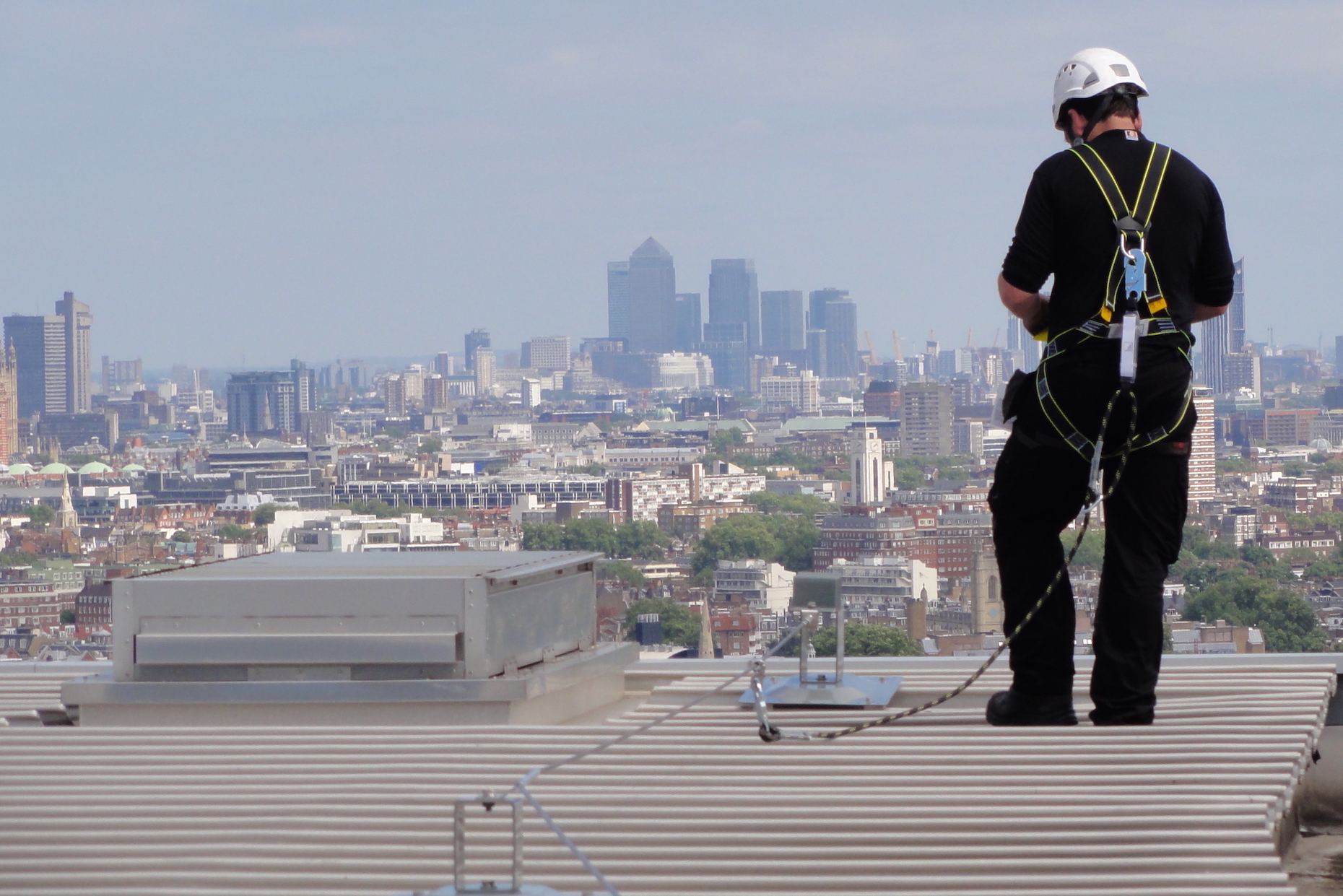
8 Things To Know Before You Install A Horizontal Lifeline

Horizontal Lifelines Fall Protection Anchors Flexible Lifeline Systems

Horizontal Lifelines Osha Compliant Diversified Fall Protection

Horizontal Lifelines Fall Protection Anchors Flexible Lifeline Systems

Pin On Lifeline Tactical Rescue

Horizontal Lifeline Systems Fall Protection Systems Xsplatforms

Roof Anchor Points Vs Horizontal Lifelines

Using Horizontal Lifeline System For Fall Restraining In Decking And Leading Edge Work
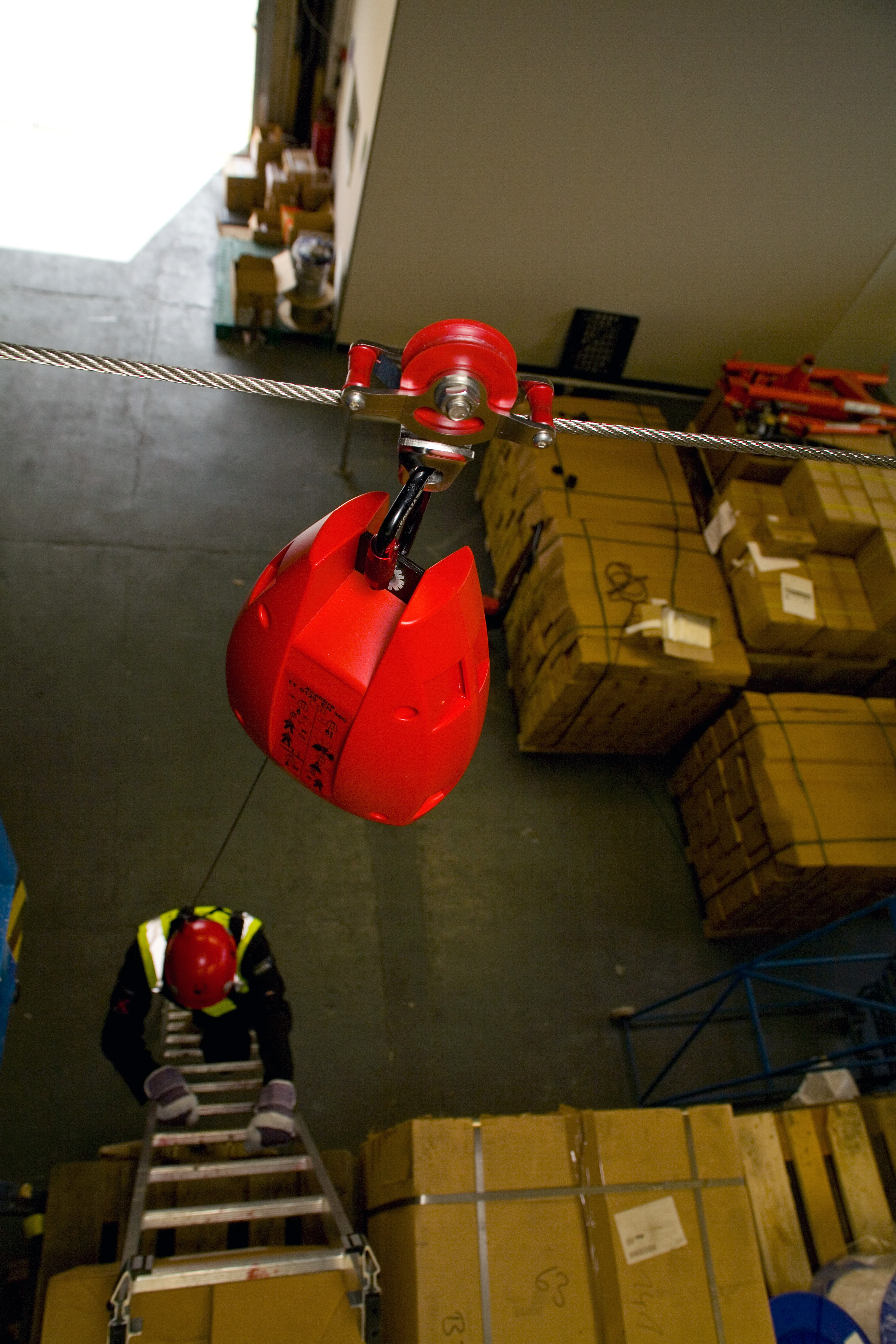
5 Questions About Horizontal Lifelines Webb Rite Safety
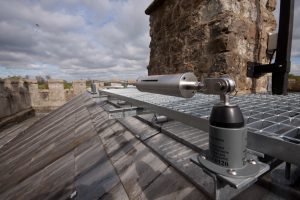
5 Questions About Horizontal Lifelines Webb Rite Safety
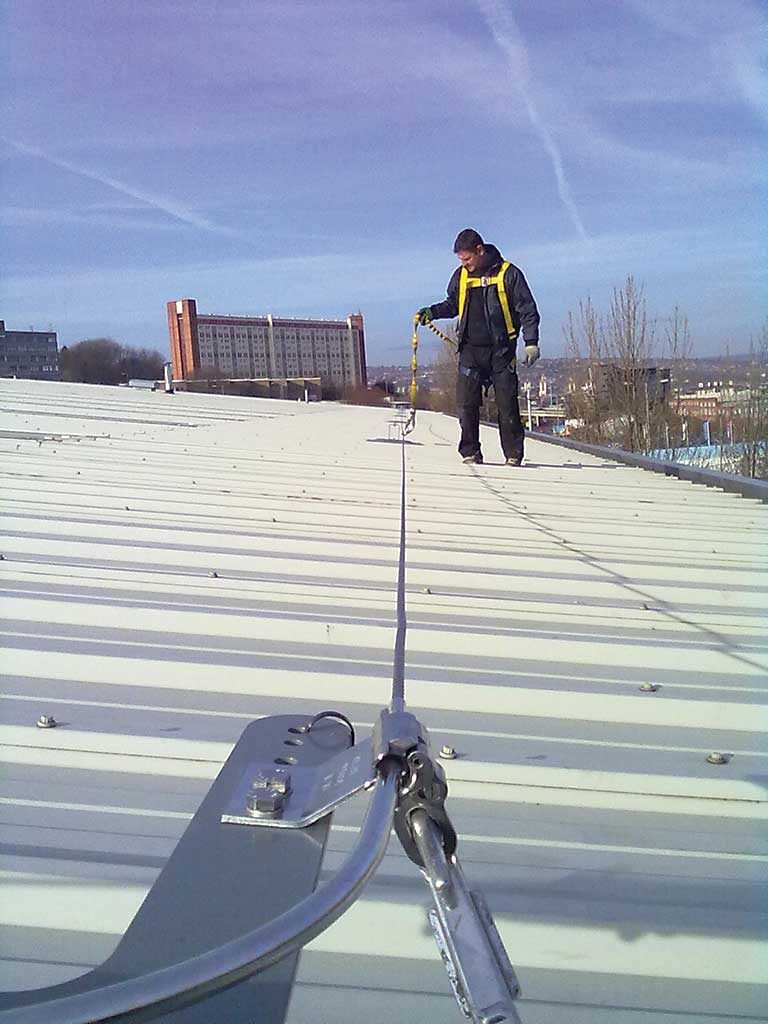
Permanent Multi Span Horizontal Lifeline System 20 Ft 180 Ft Cable Lifeline Bracket Tensioner Energy Absorber Fallprotectionusa
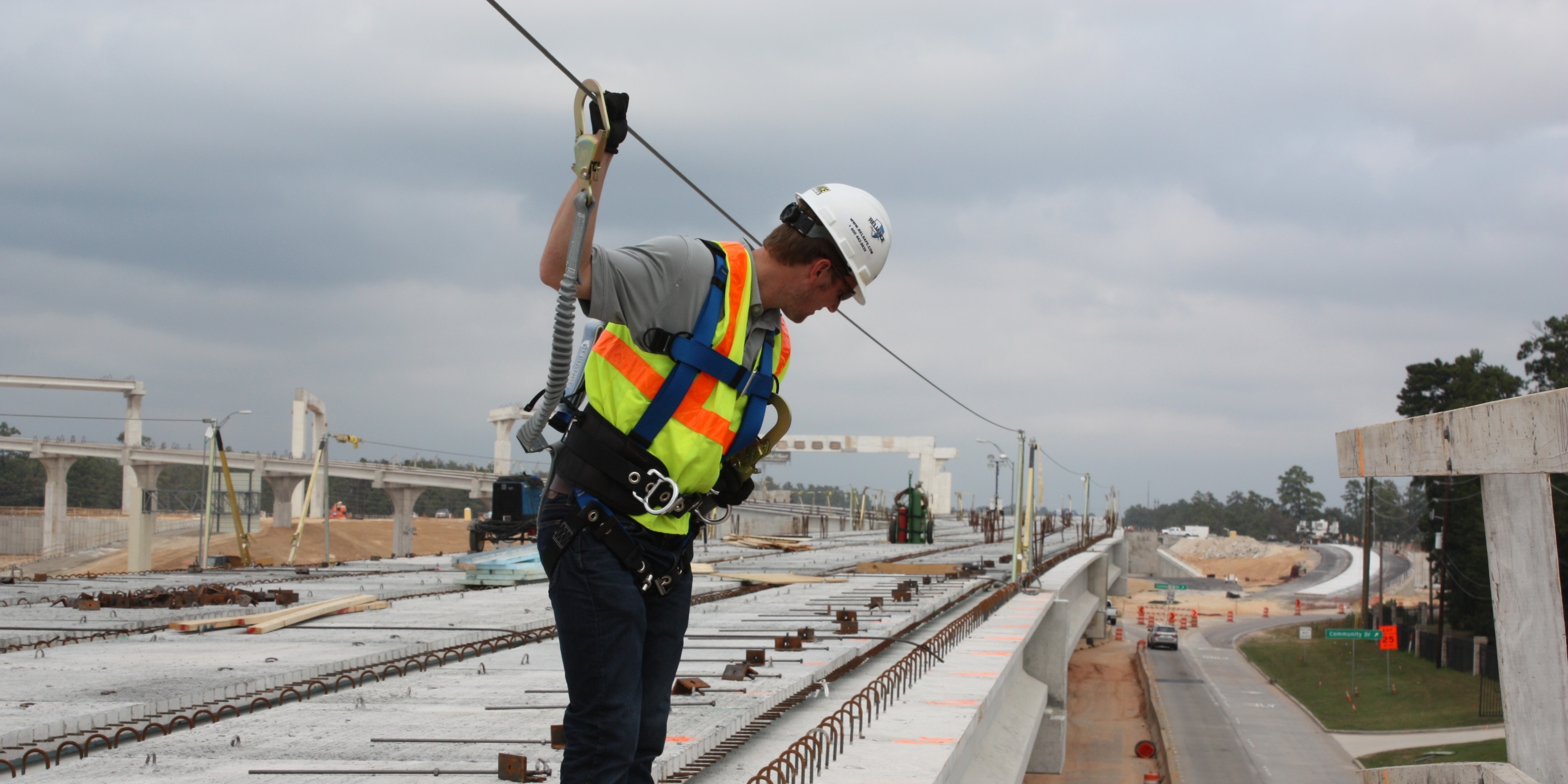
Do I Need Fall Protection Your Complete Guide To The Risks And Uses

The Osha Fall Protection Equipment And Fall Clearance Calculations Infographic Exp Health And Safety Poster Osha Safety Training Occupational Health And Safety

Roof Horizontal Lifelines Diversified Fall Protection

Horizontal Lifelines Osha Compliant Diversified Fall Protection

Roof Horizontal Lifelines Diversified Fall Protection
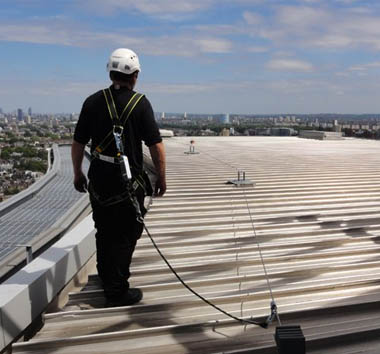
Horizontal Lifelines Fall Protection Anchors Flexible Lifeline Systems